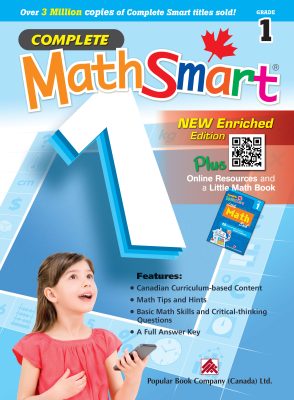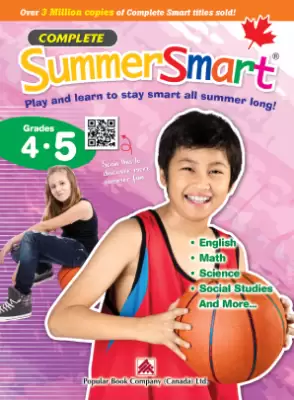When you think of the word coding, what comes to mind? Do you think of computers and programming? Coding in the context of elementary school doesn’t necessarily mean what you think – it means so much more.
The Ontario math curriculum has a section dedicated to coding. Coding is written in the curriculum starting in grade 1; however it can easily be applied to the kindergarten program as well.
The specific expectations for grade 1 are as follows (with slight variations as the grades continue):
C3.1 solve problems and create computational representations of mathematical situations by writing and executing code, including code that involves sequential events
C3.2 read and alter existing code, including code that involves sequential events, and describe how changes to the code affect the outcomes
Coding can be done through “unplugged” methods. The ability to think, plan and manipulate a sequence of steps can be applied to both computer programming and real life contexts. For example, students can plan a pathway for a character to move through a maze with obstacles, through the use of words and/or arrows to represent up, down, left, right. It can get more elaborate by adding in specific numbers to steps (ie. move 2 spaces right). Coding helps students to see and plan. It helps them to further develop their executive functioning and overcome obstacles in their path. From unplugged coding, we can jump off into the basis of computer programming and making creations that follow a code on the computer.
Example of unplugged coding:

(Photo taken from Kodable)
Websites to practice coding:









